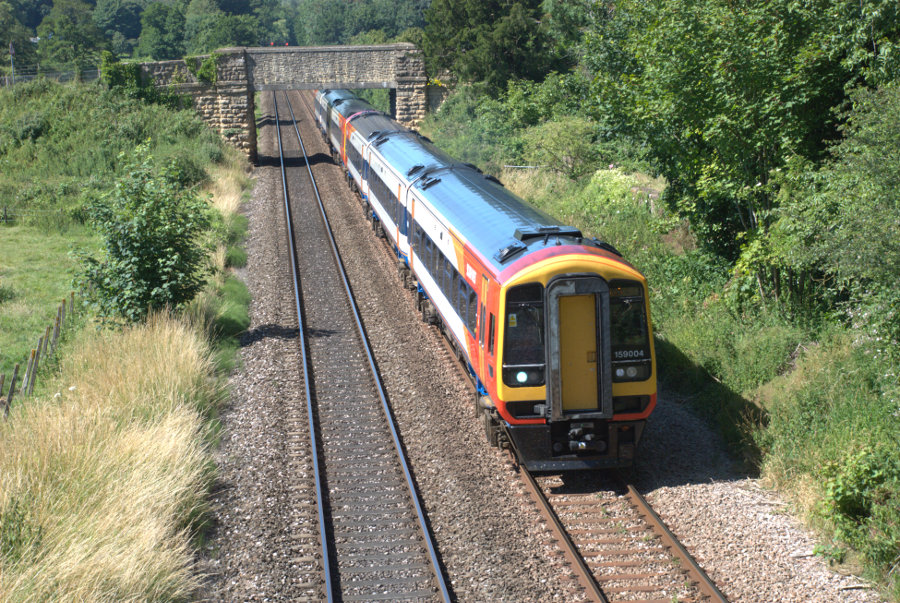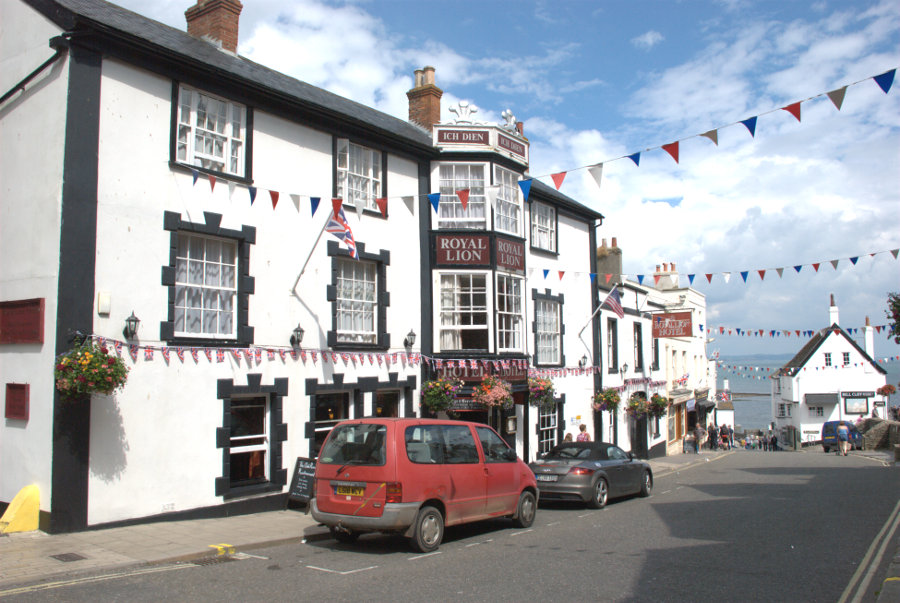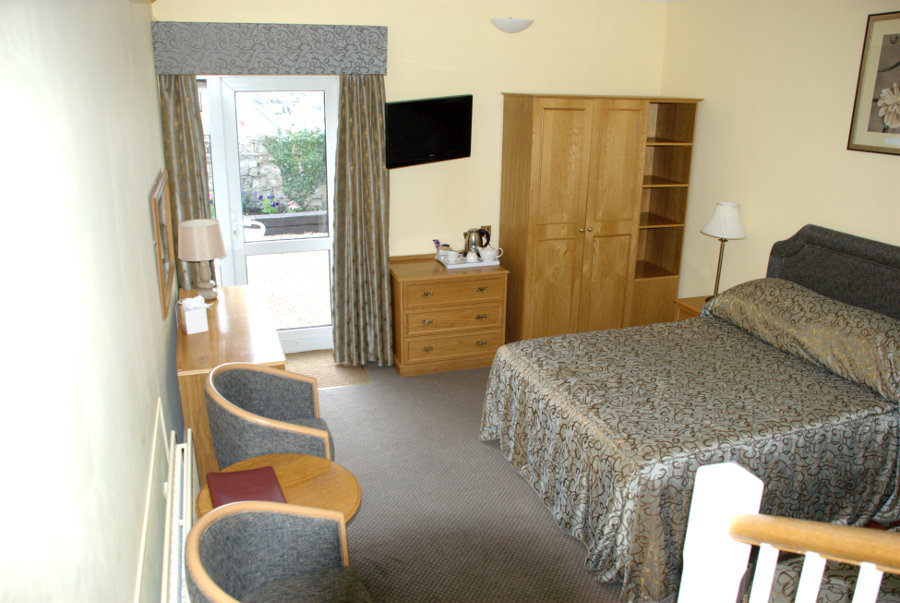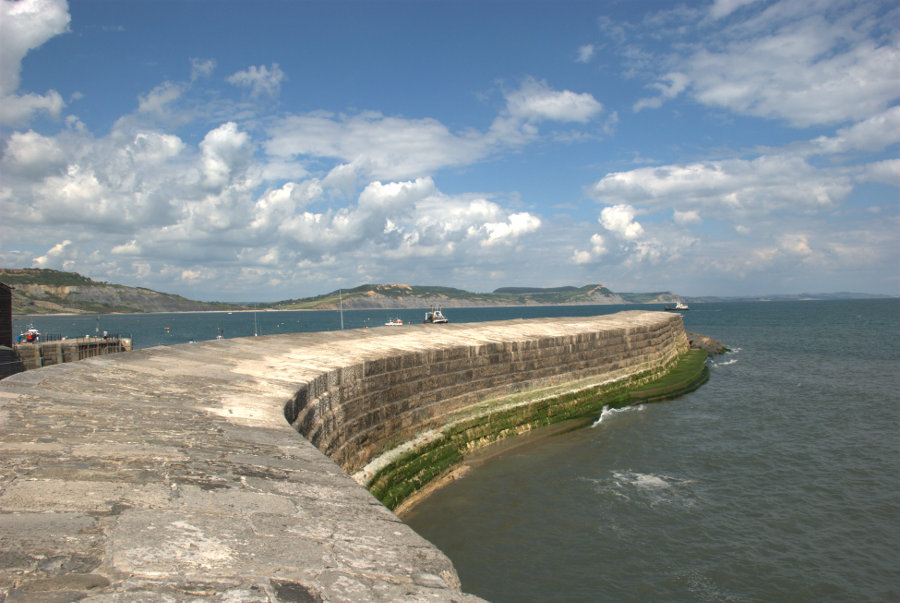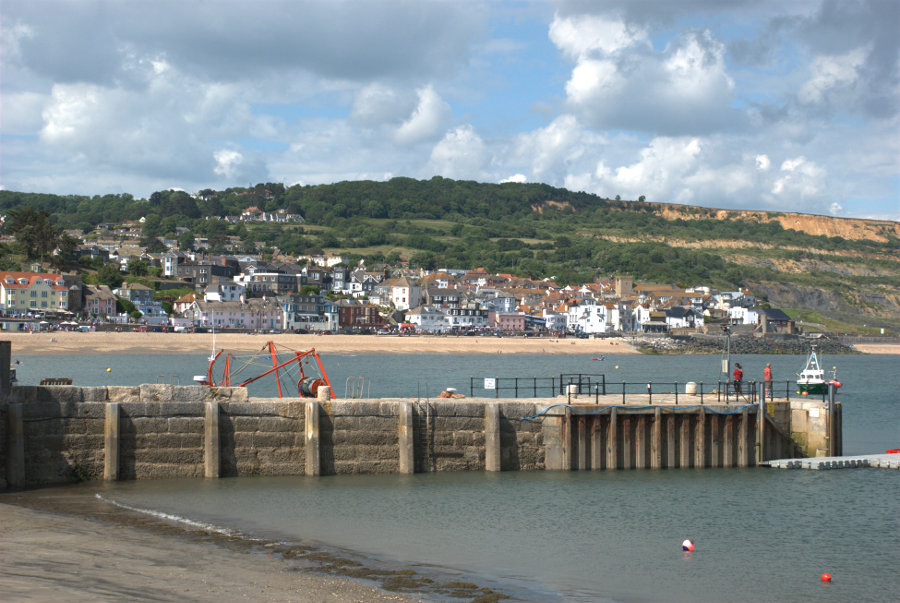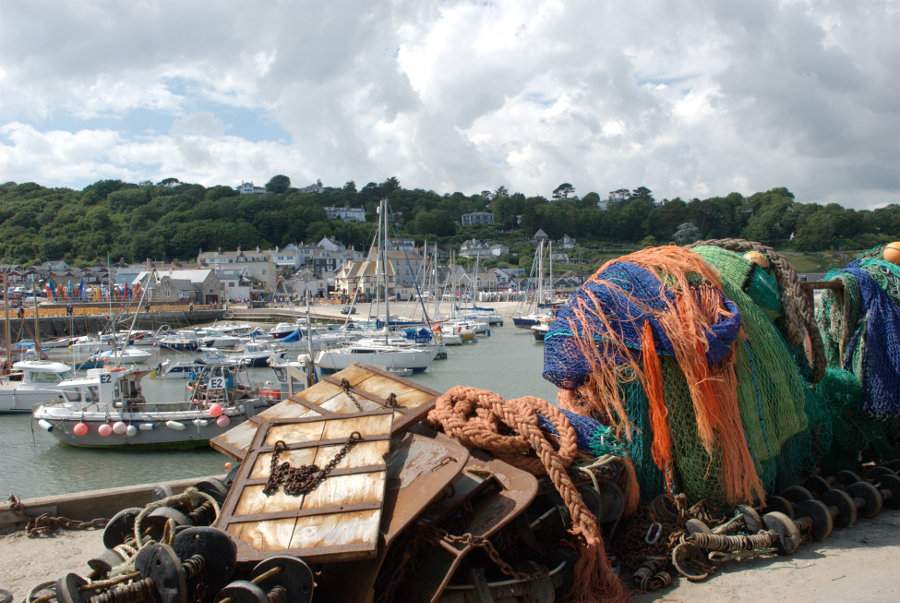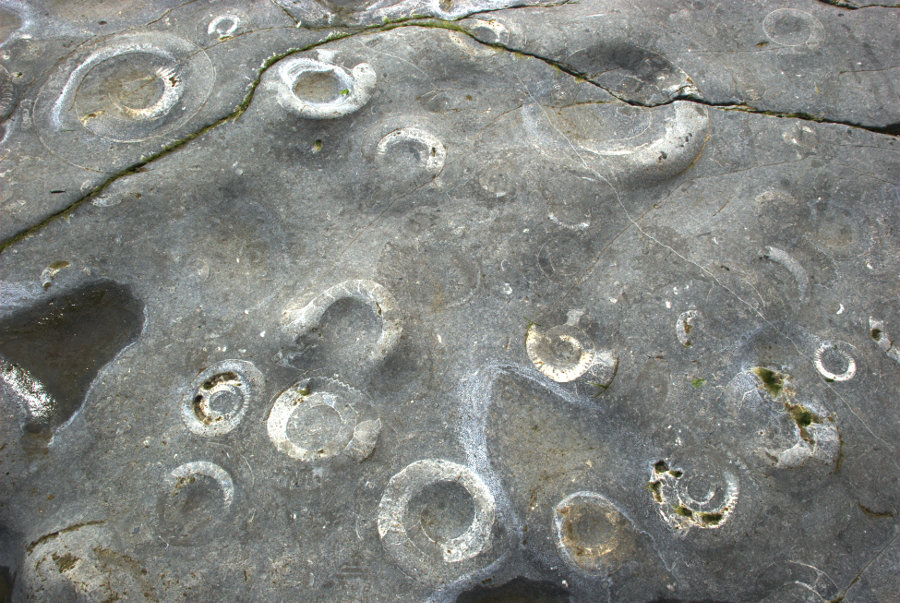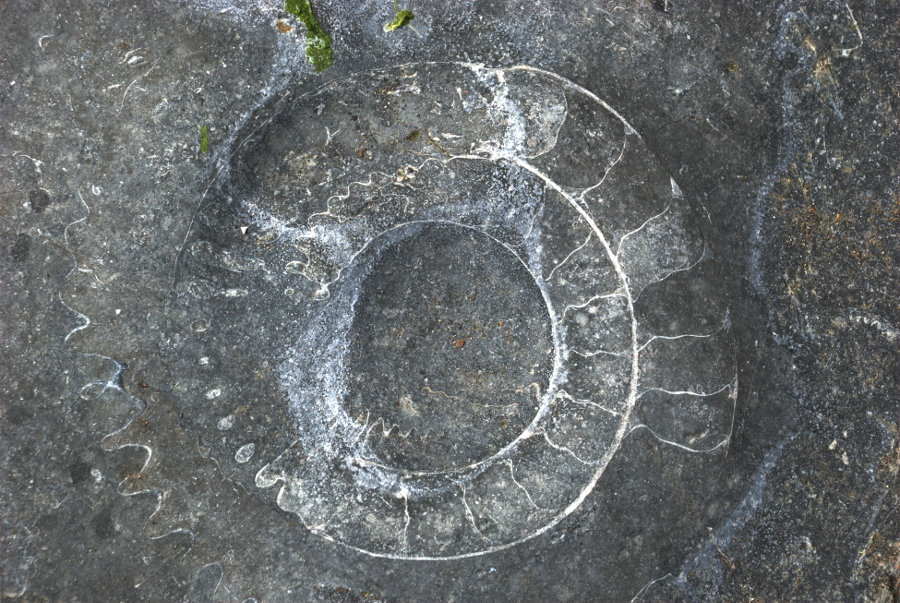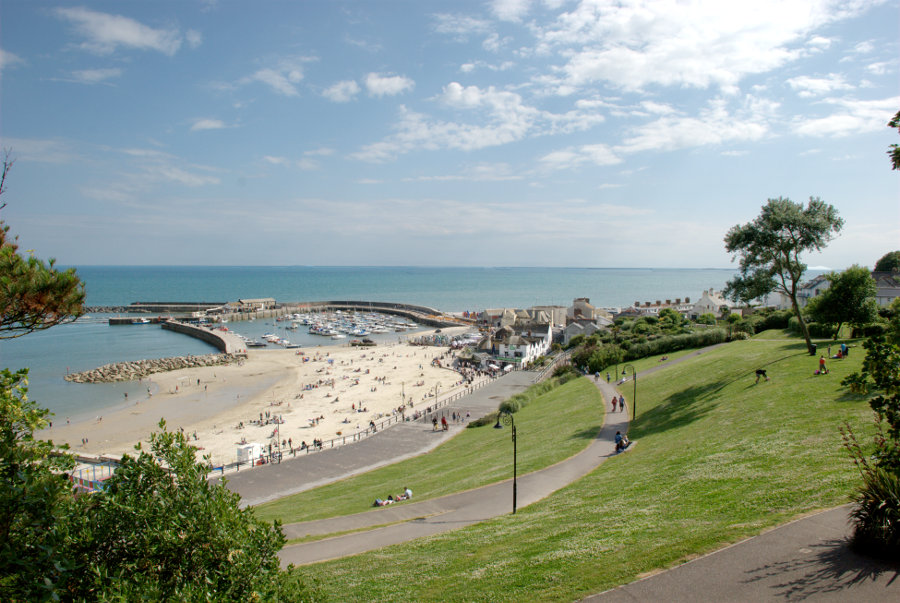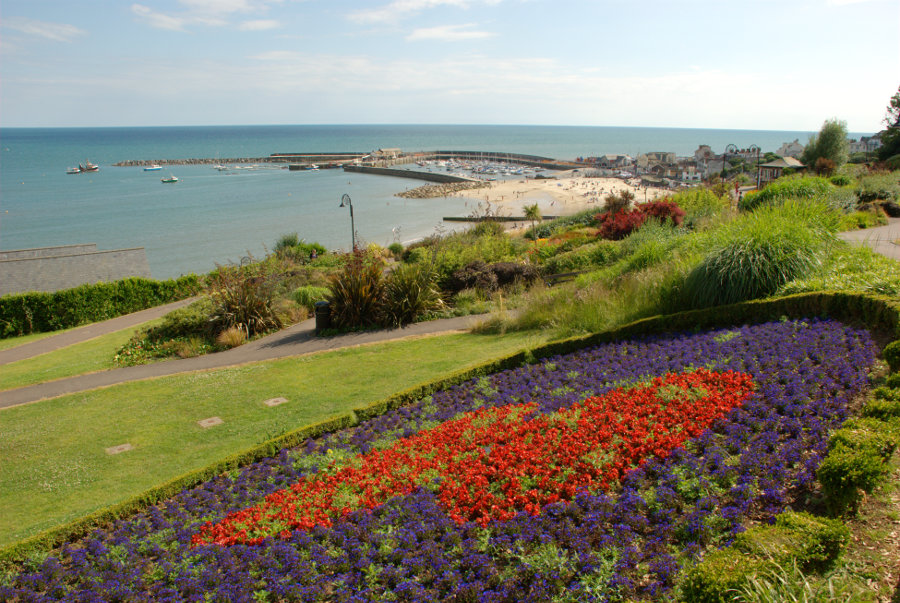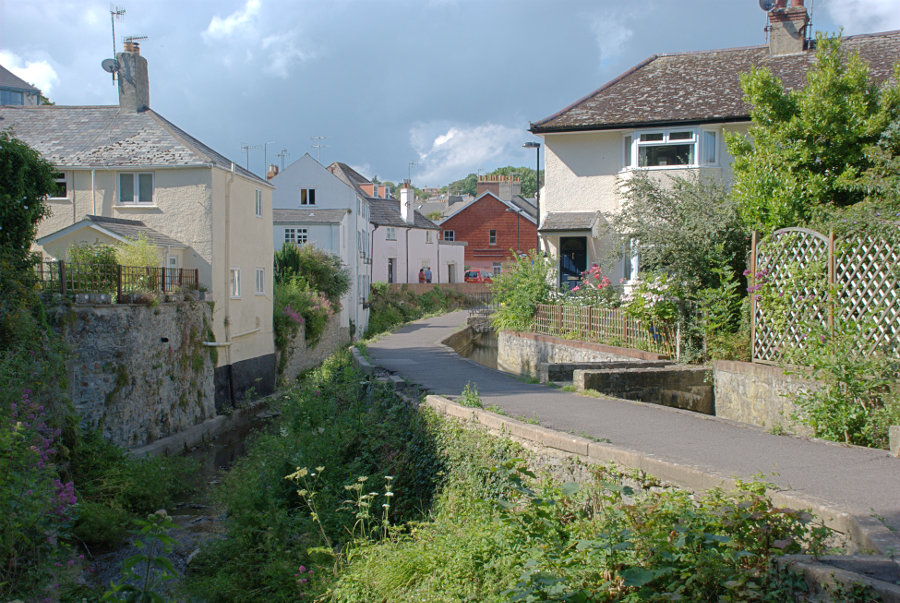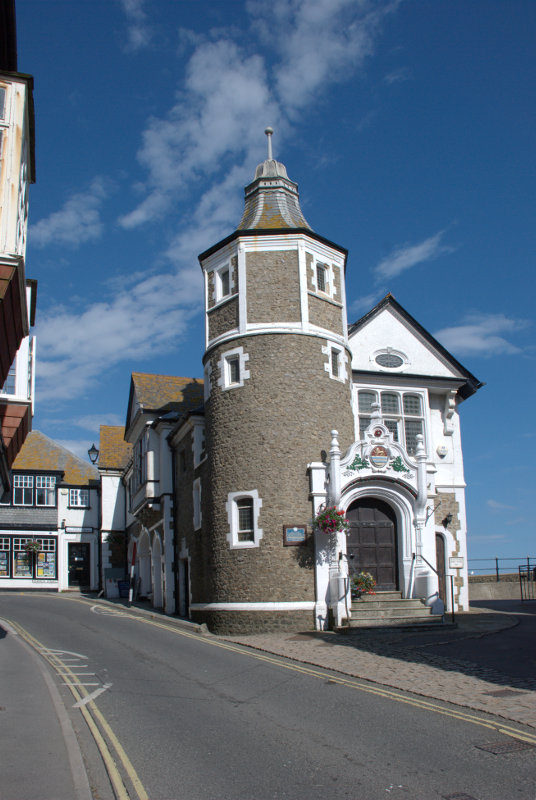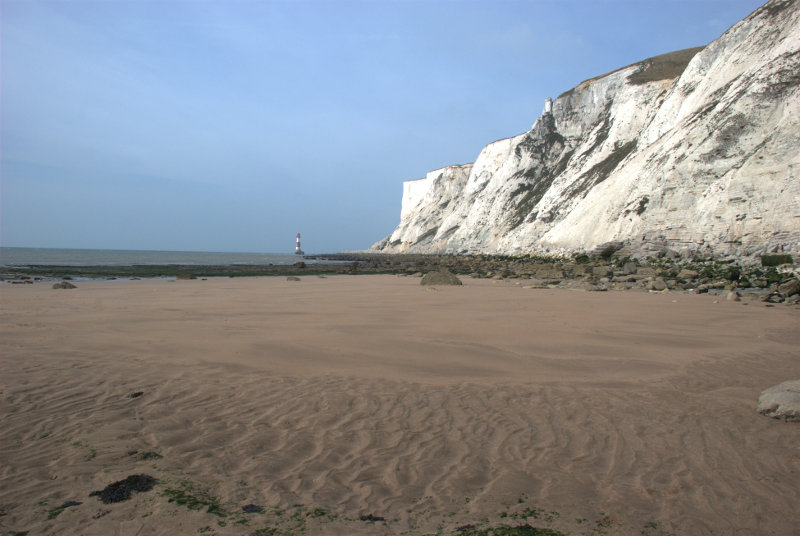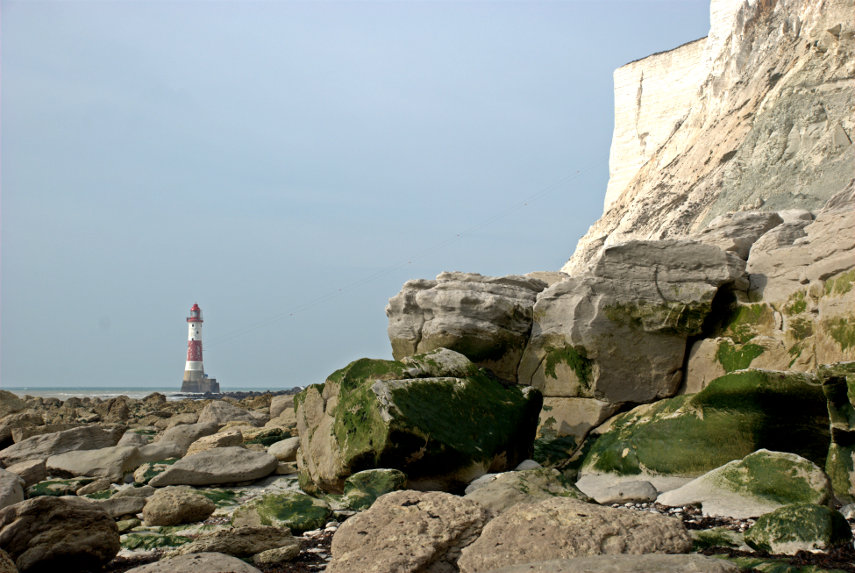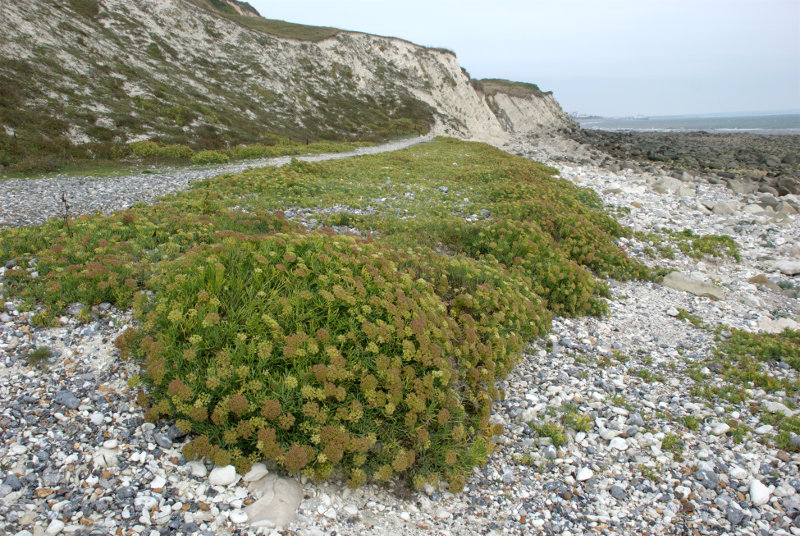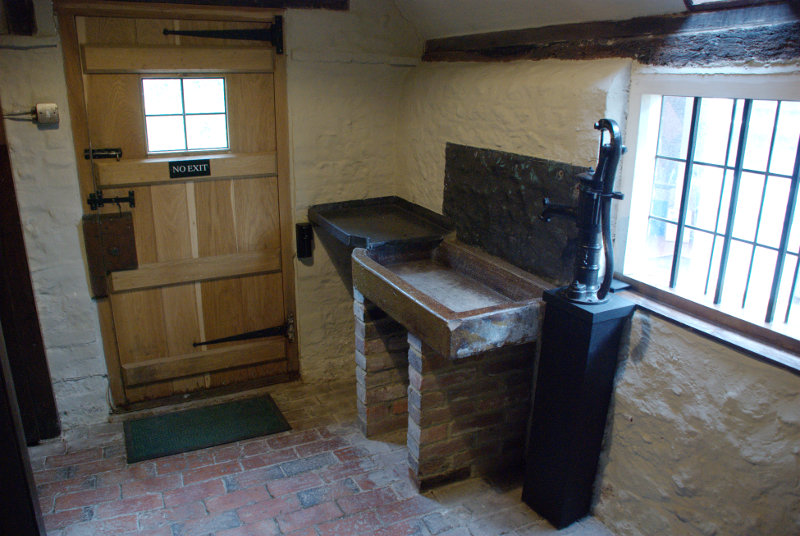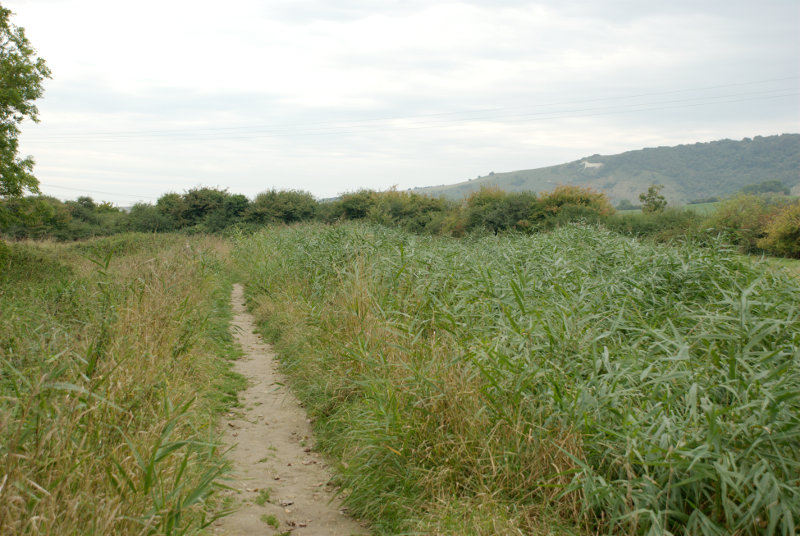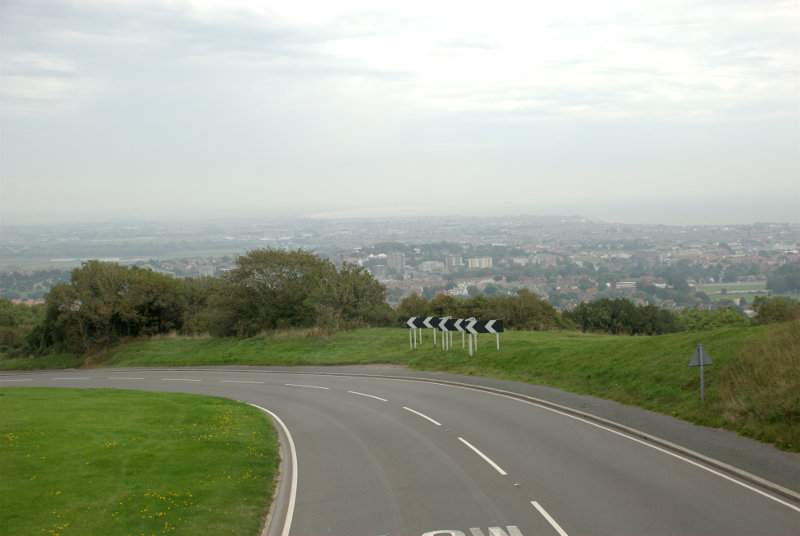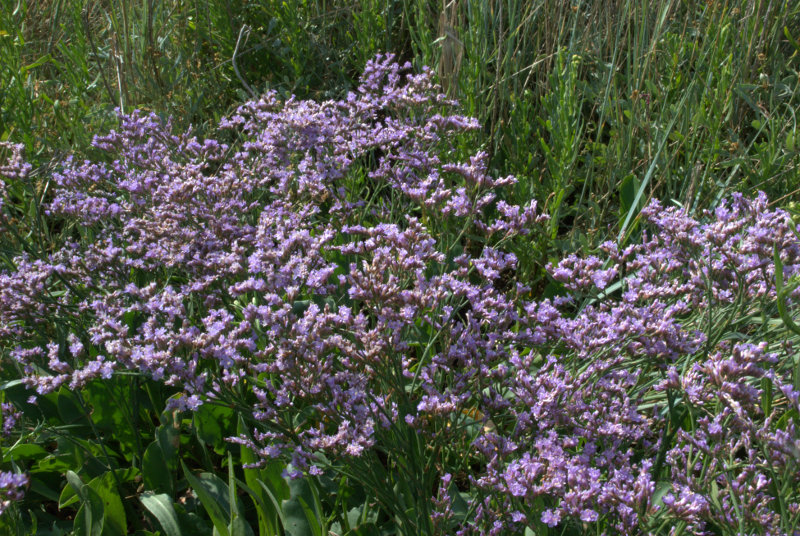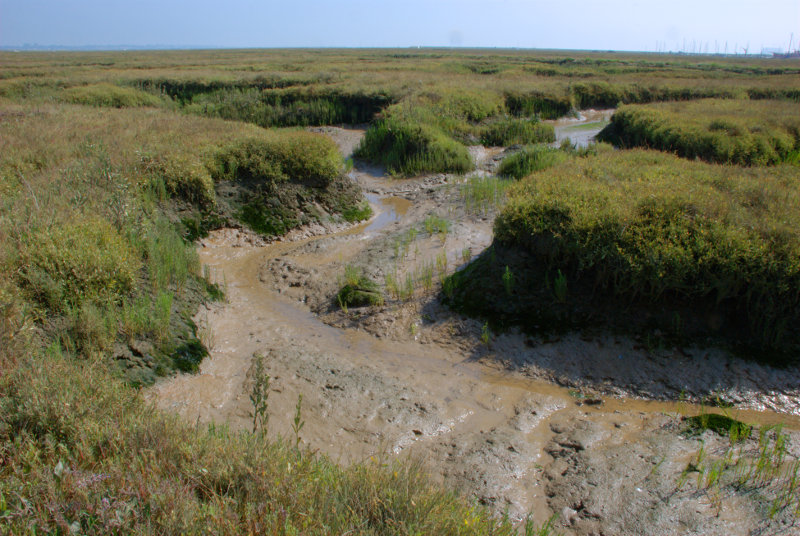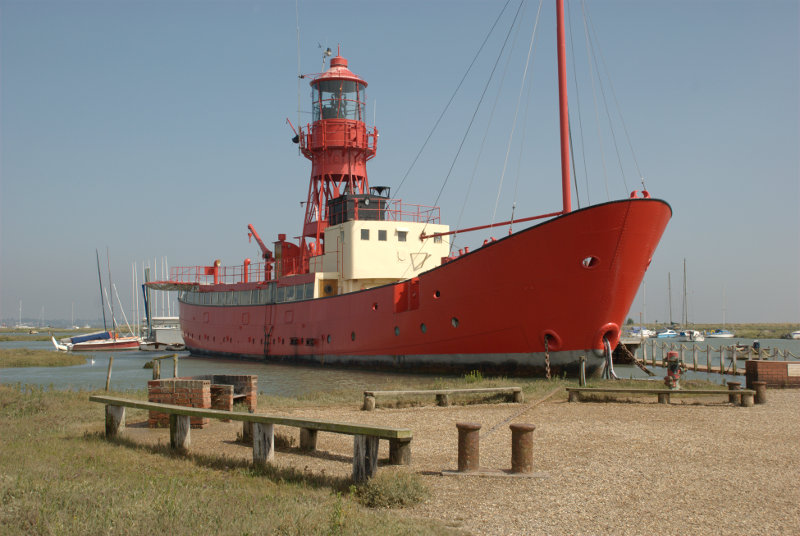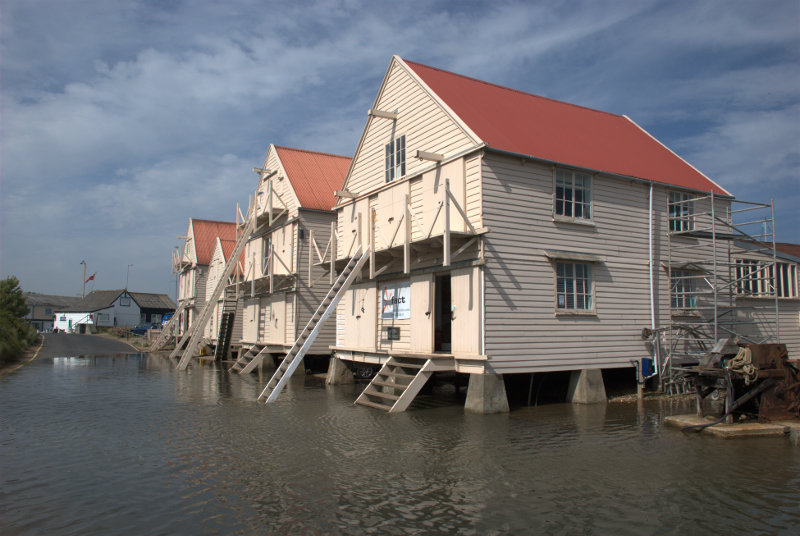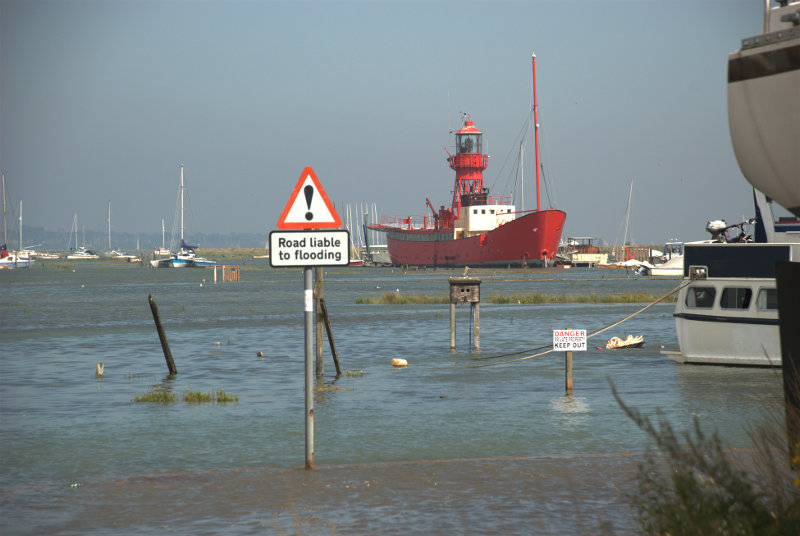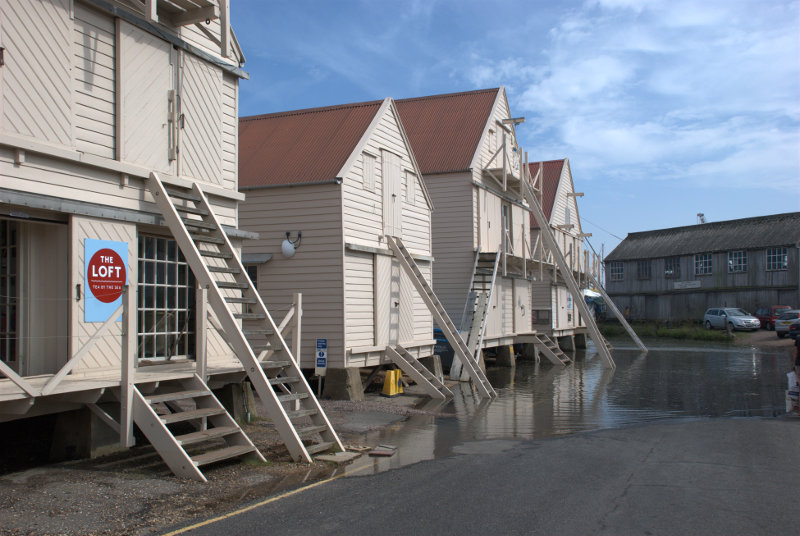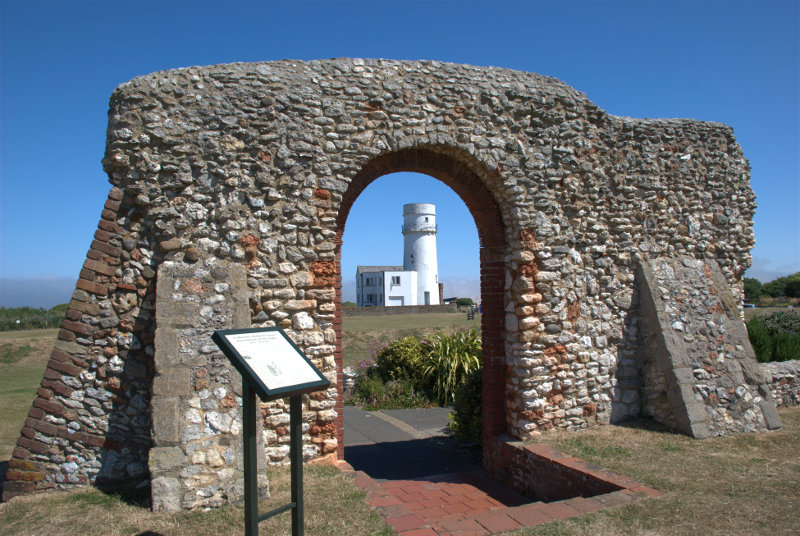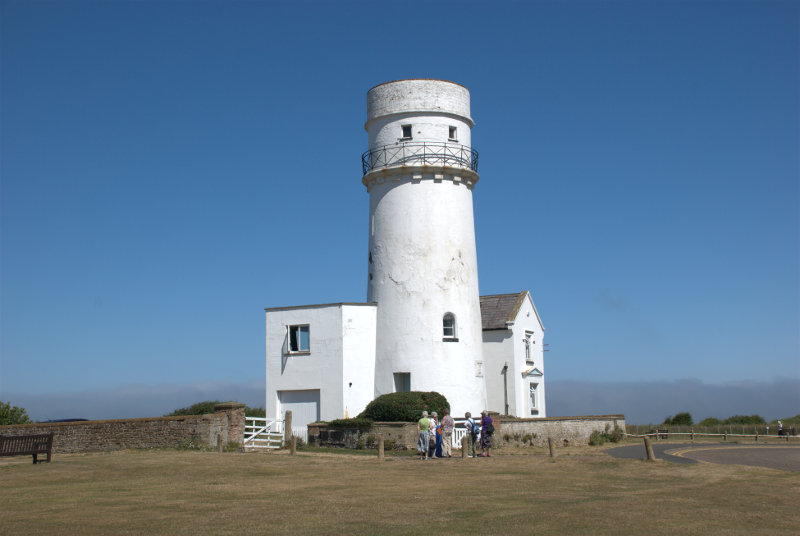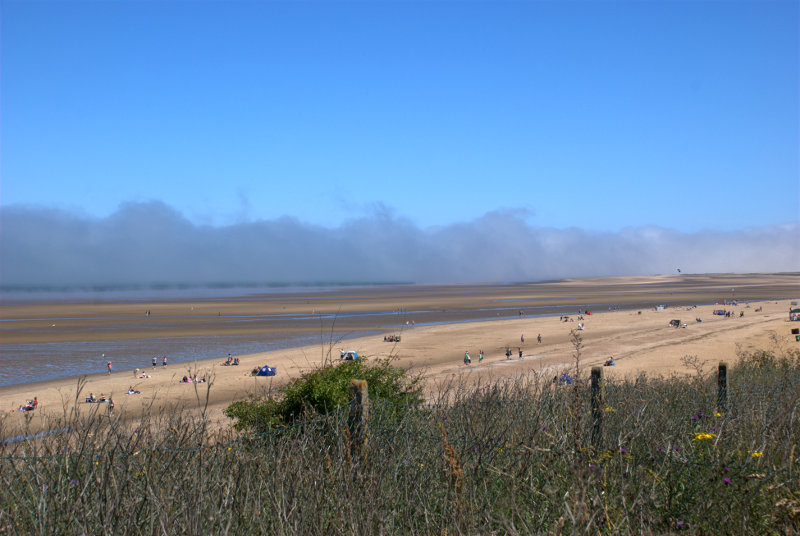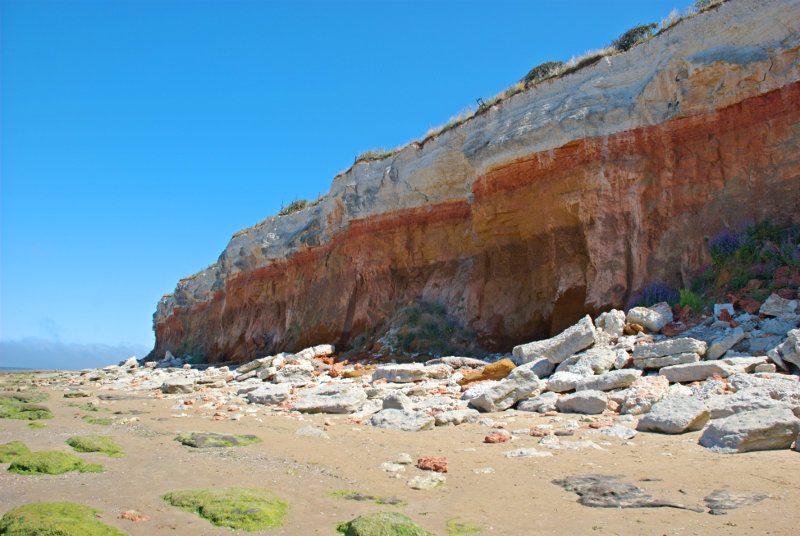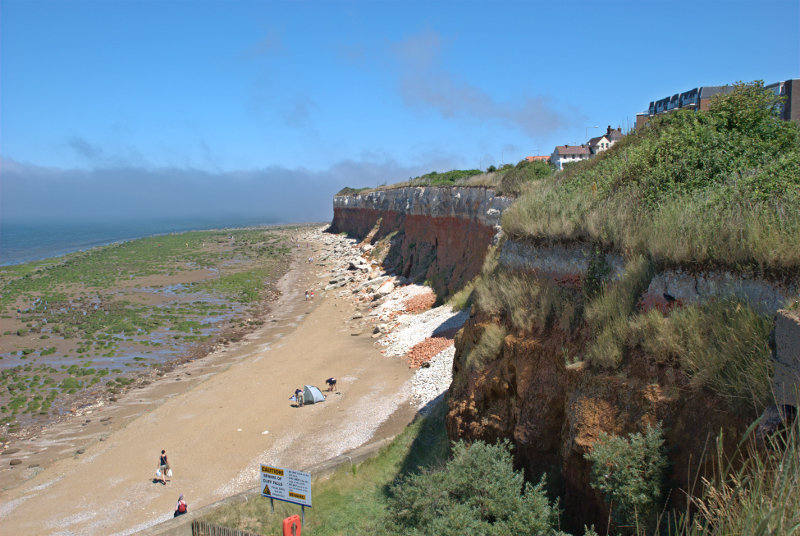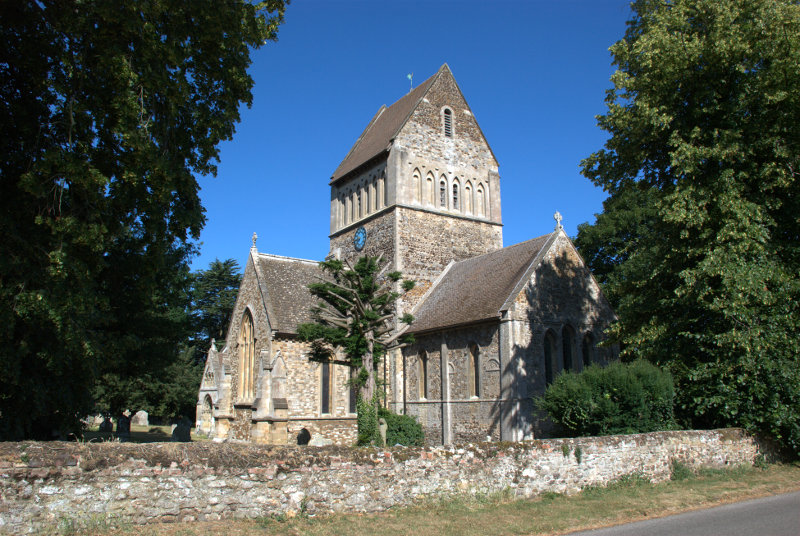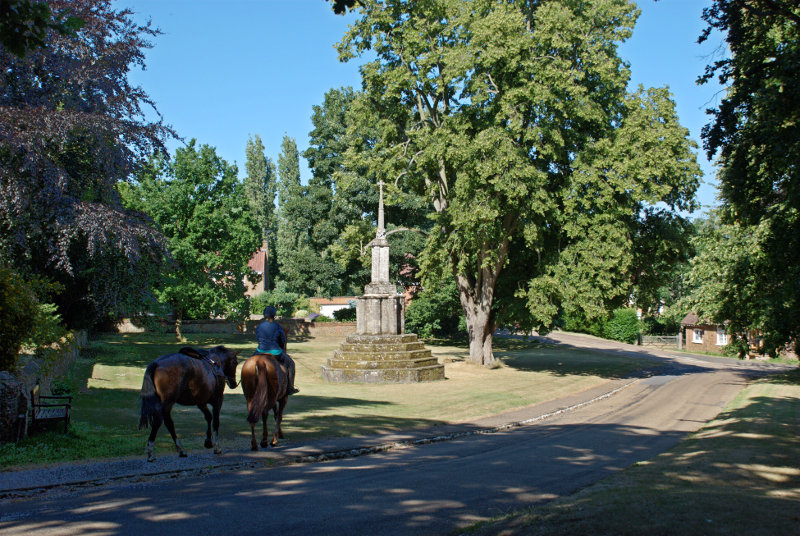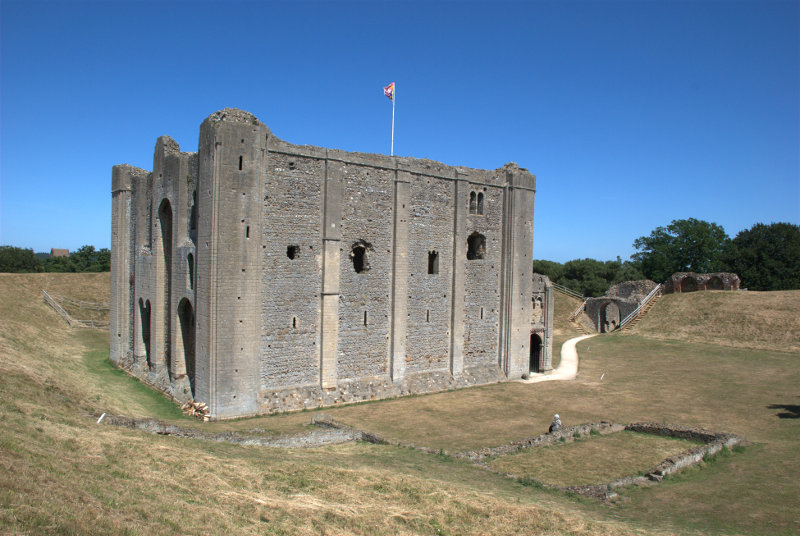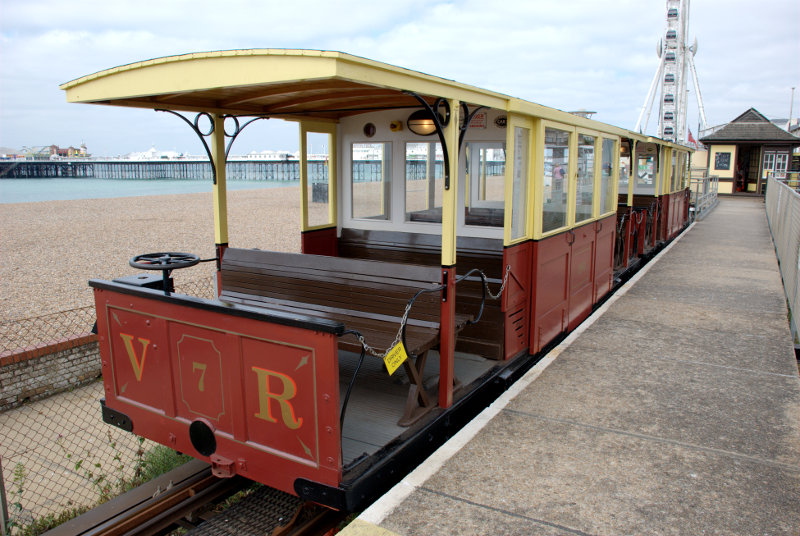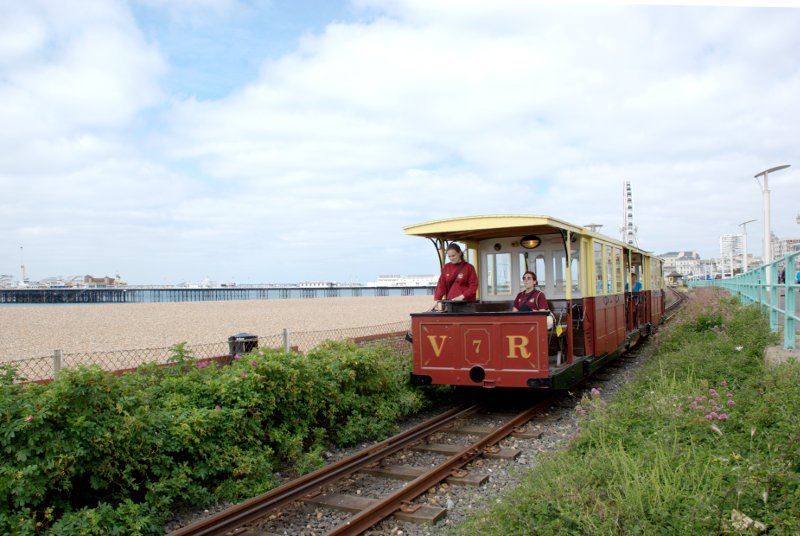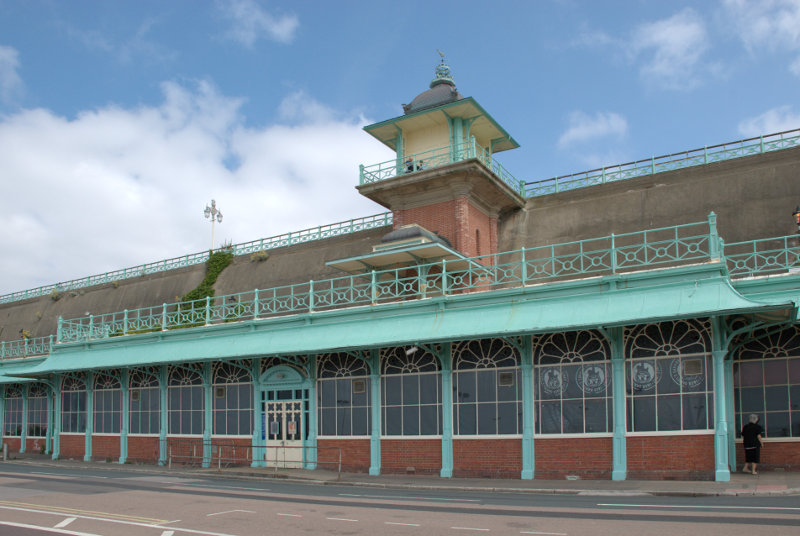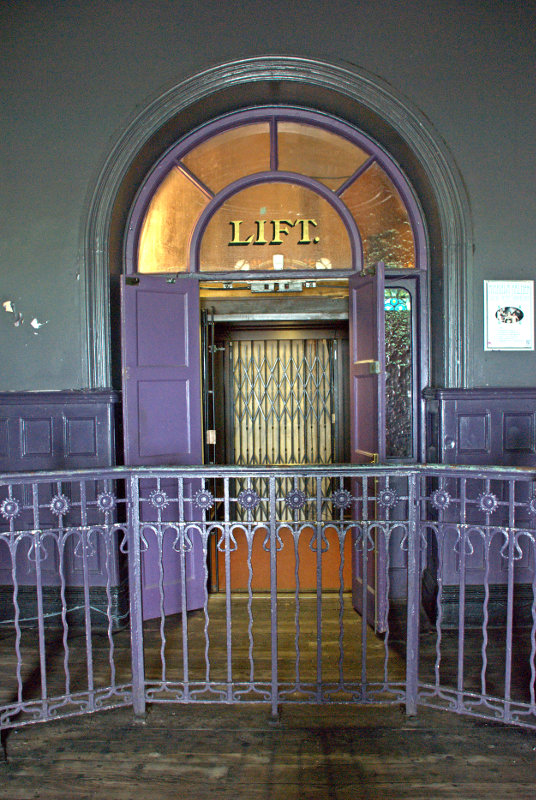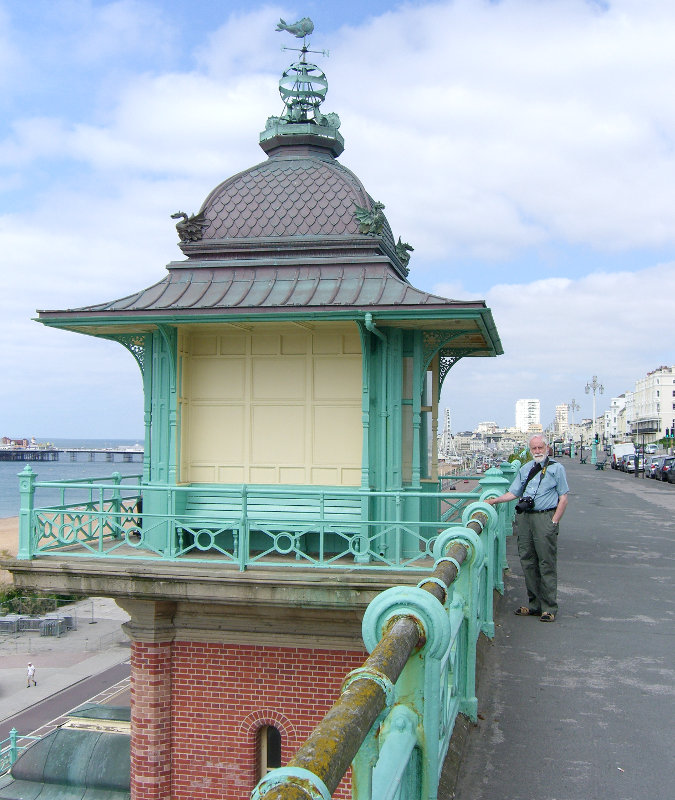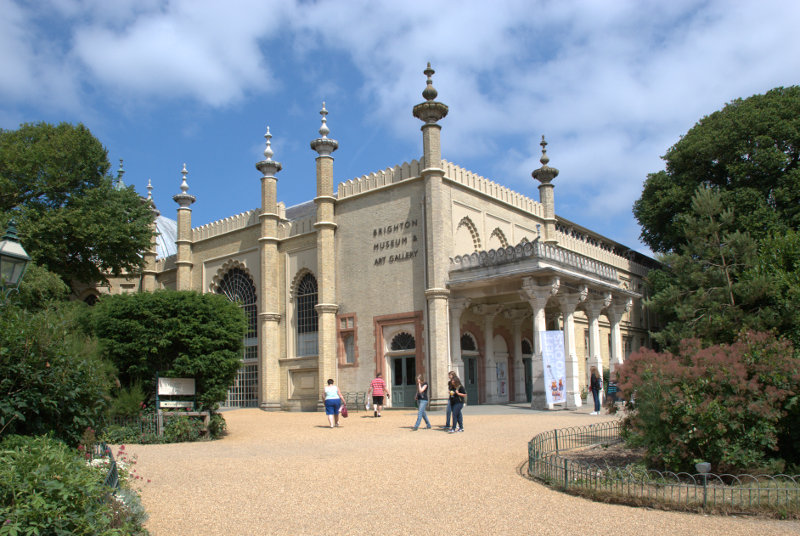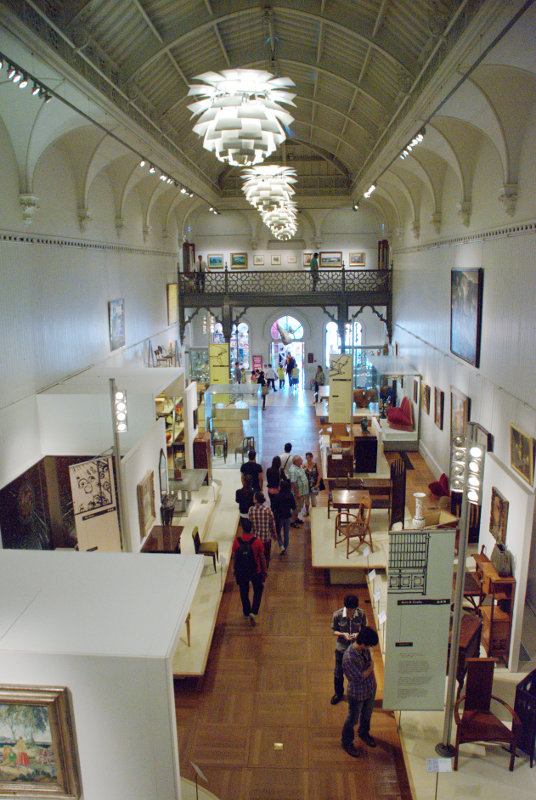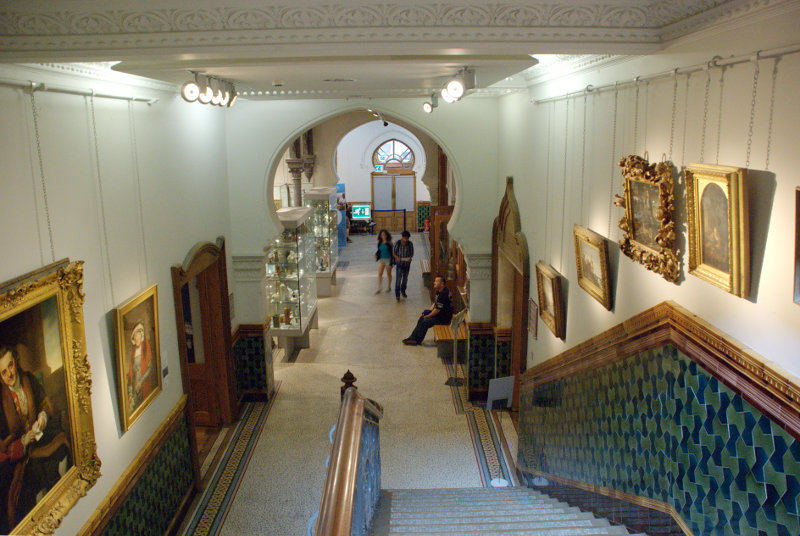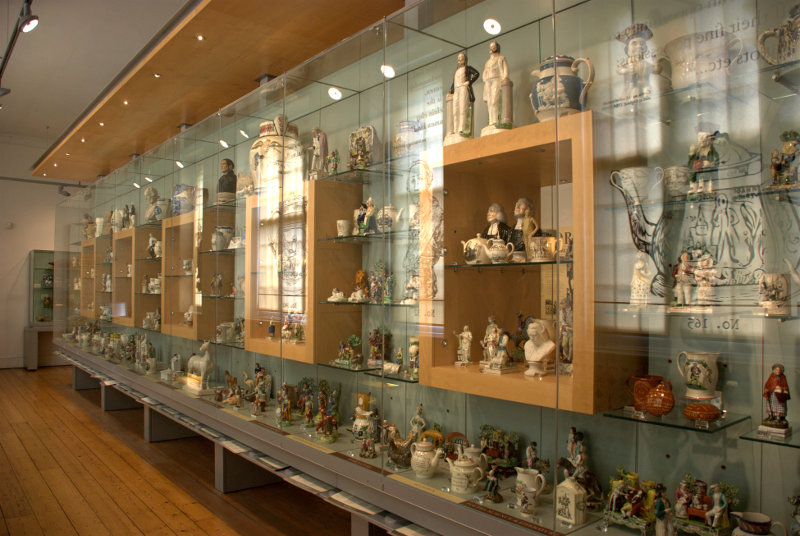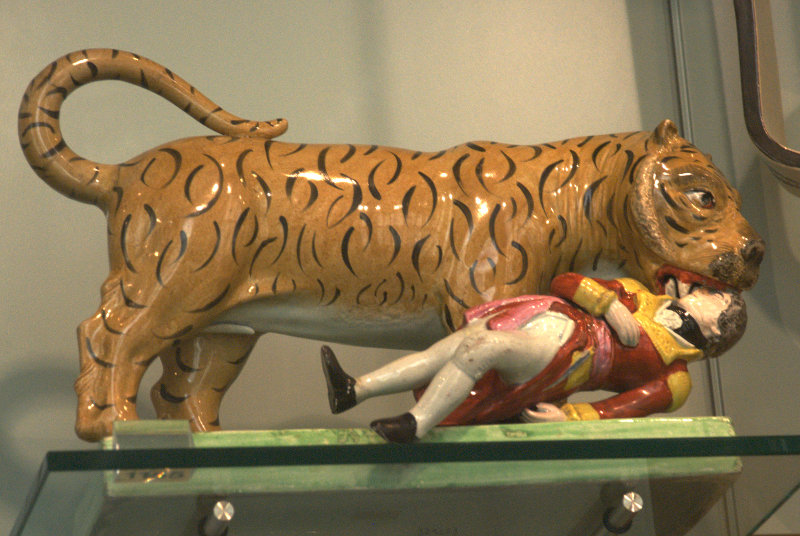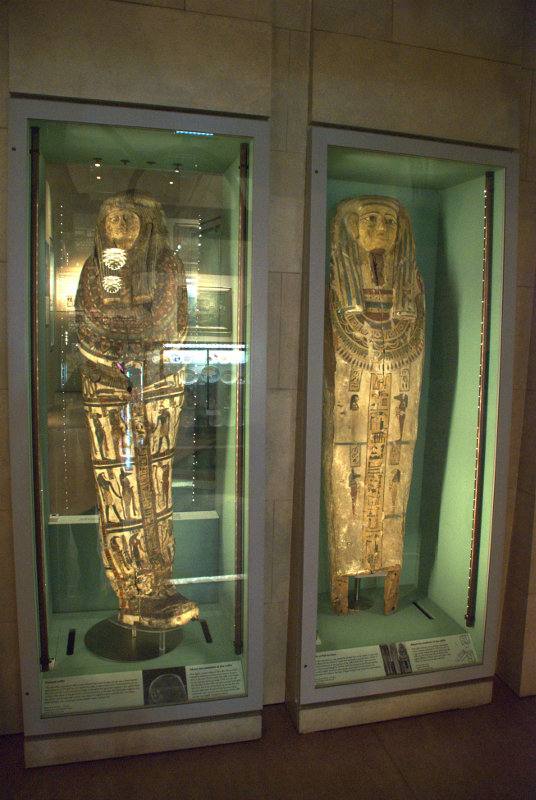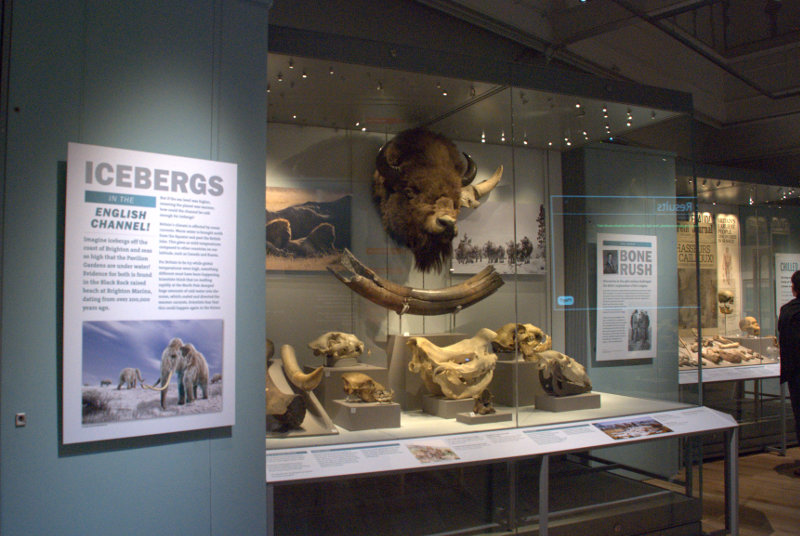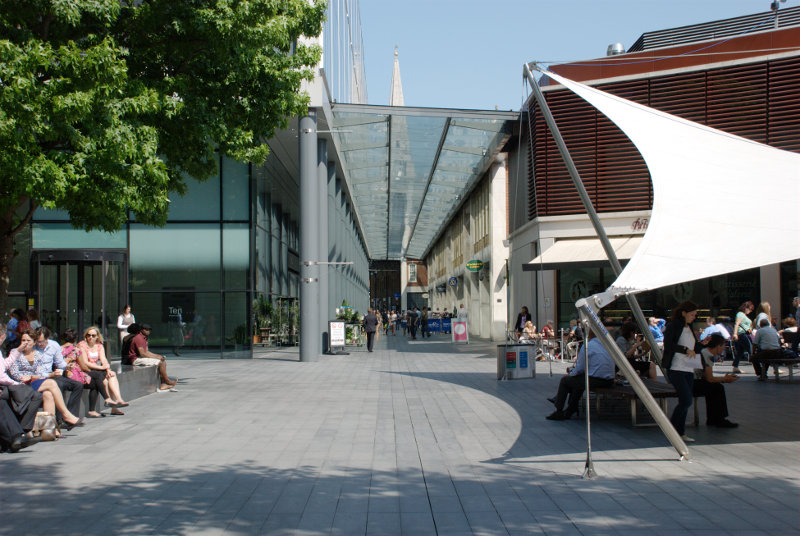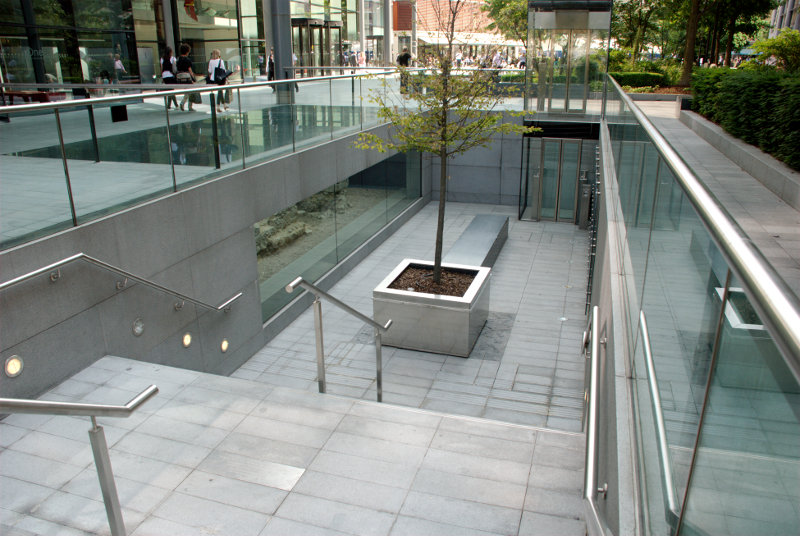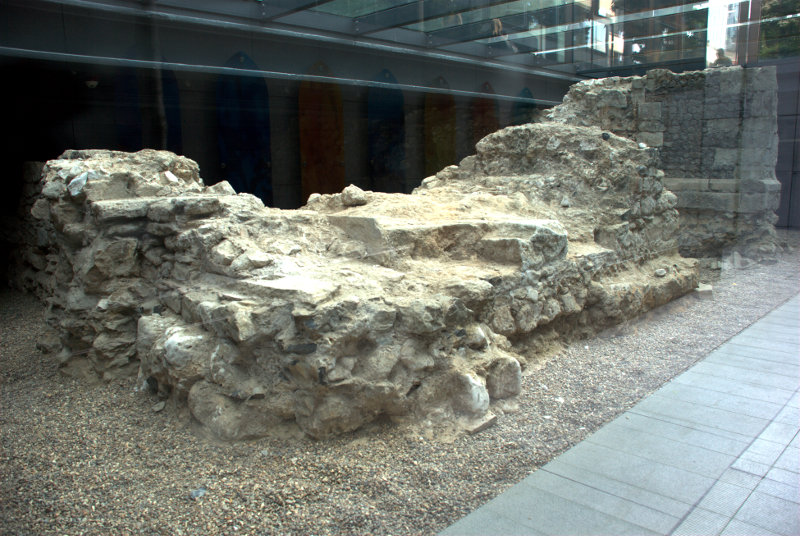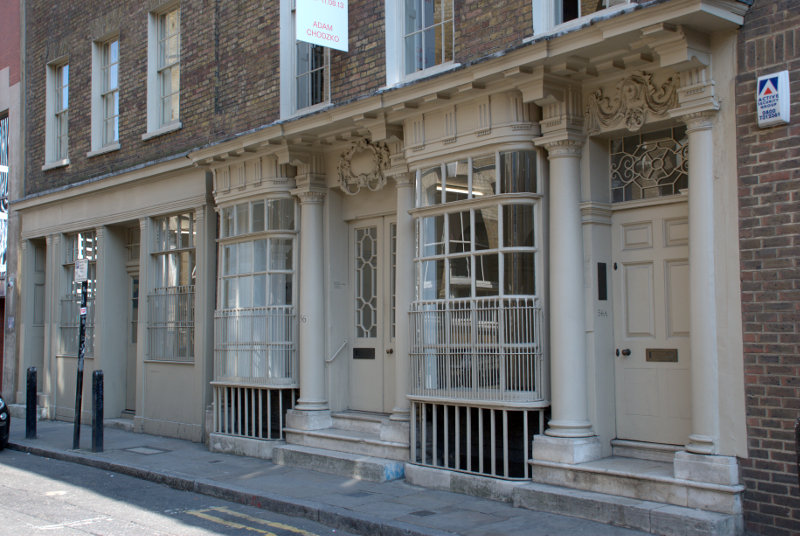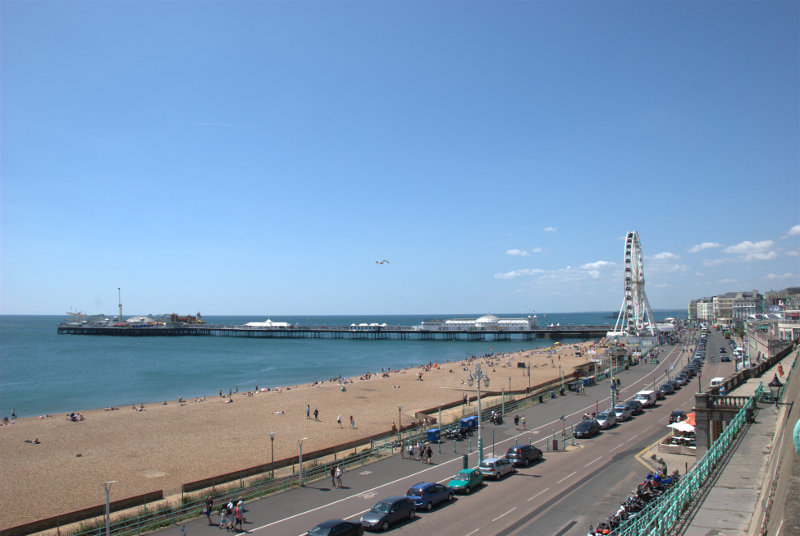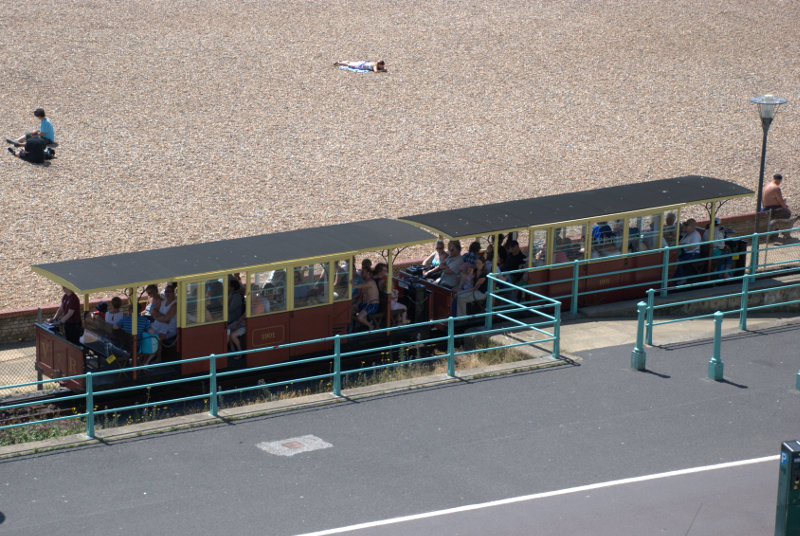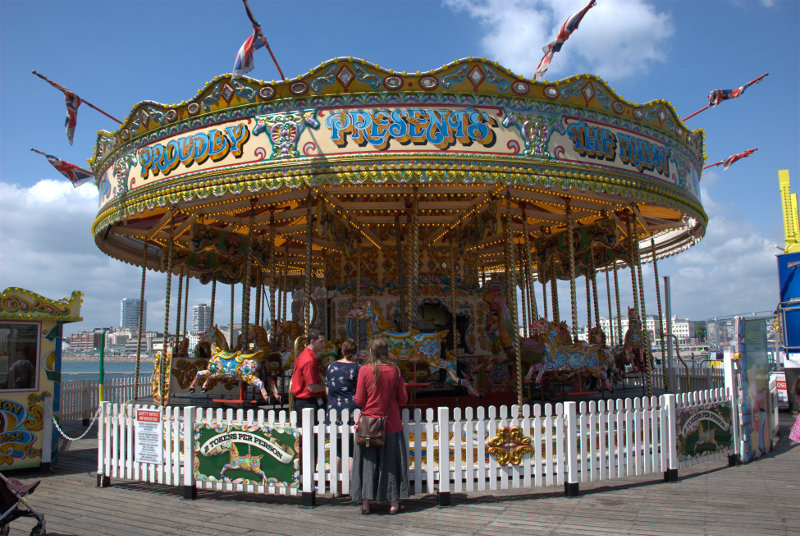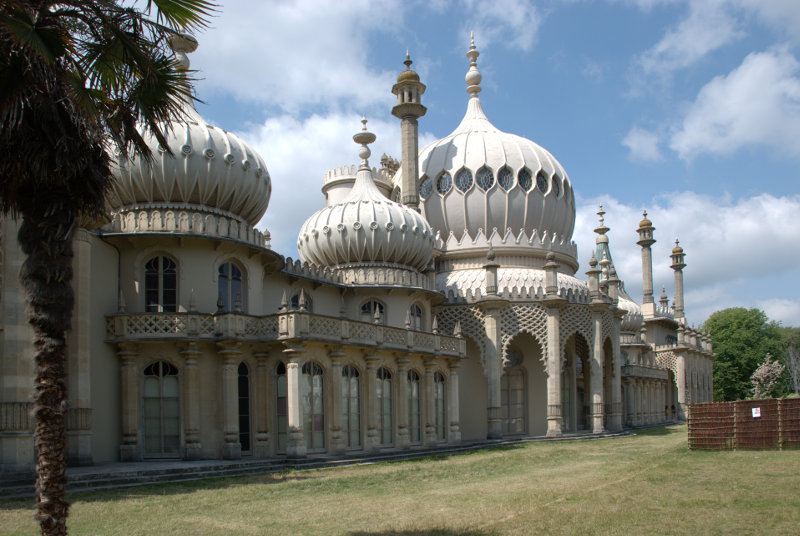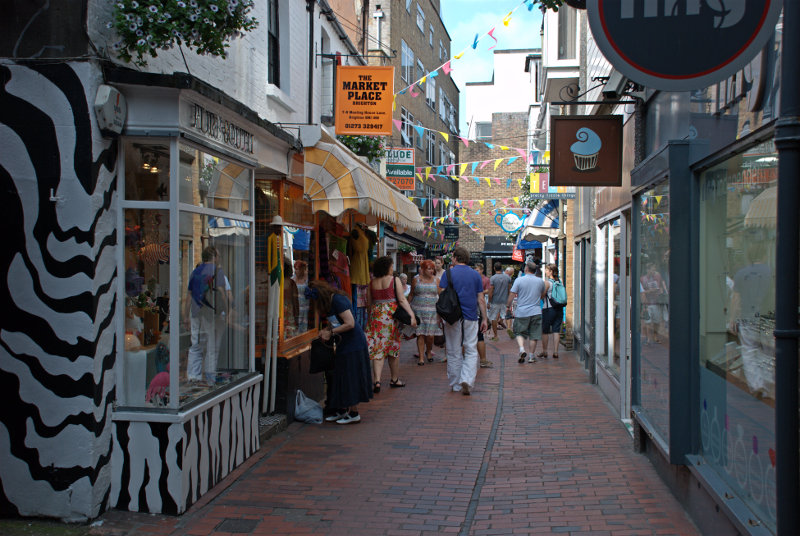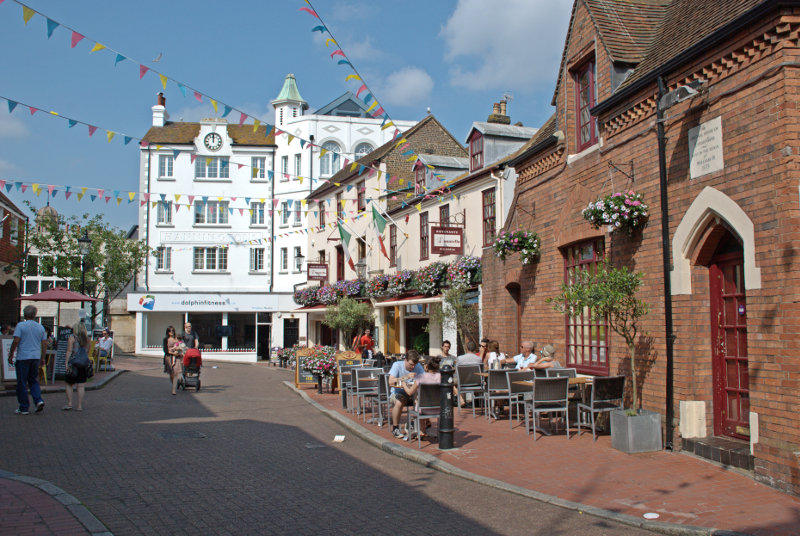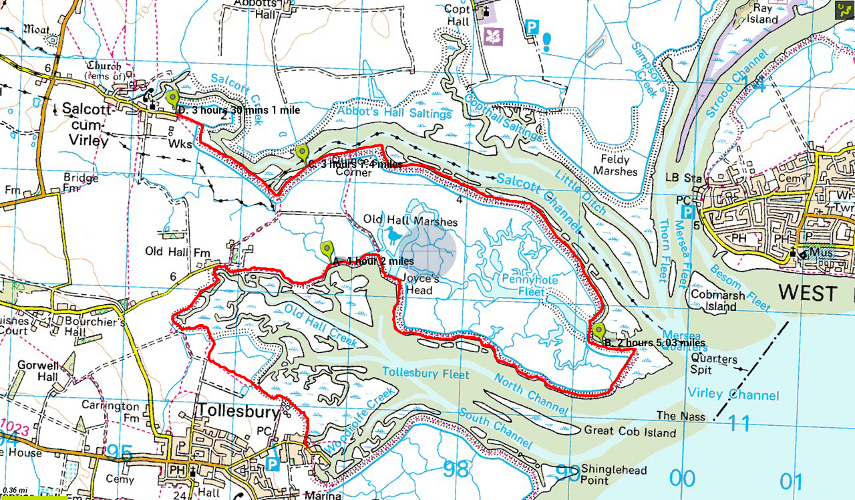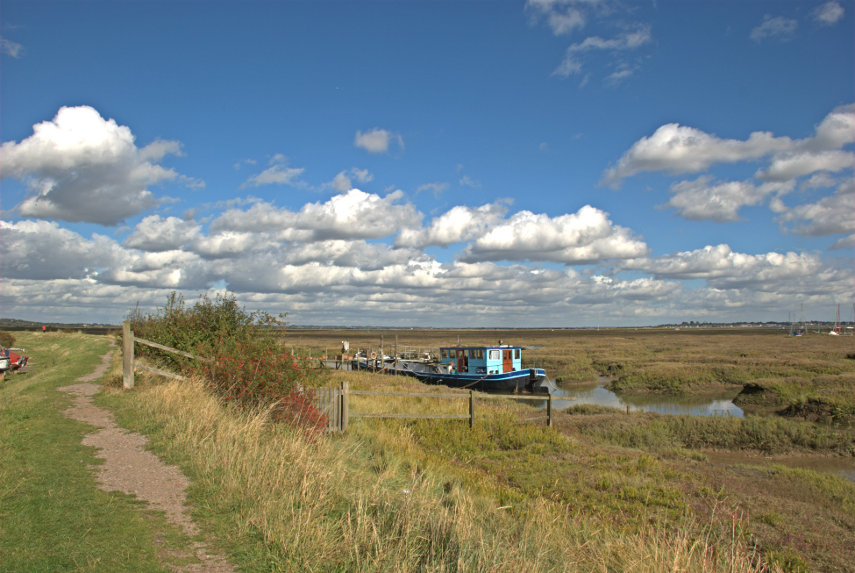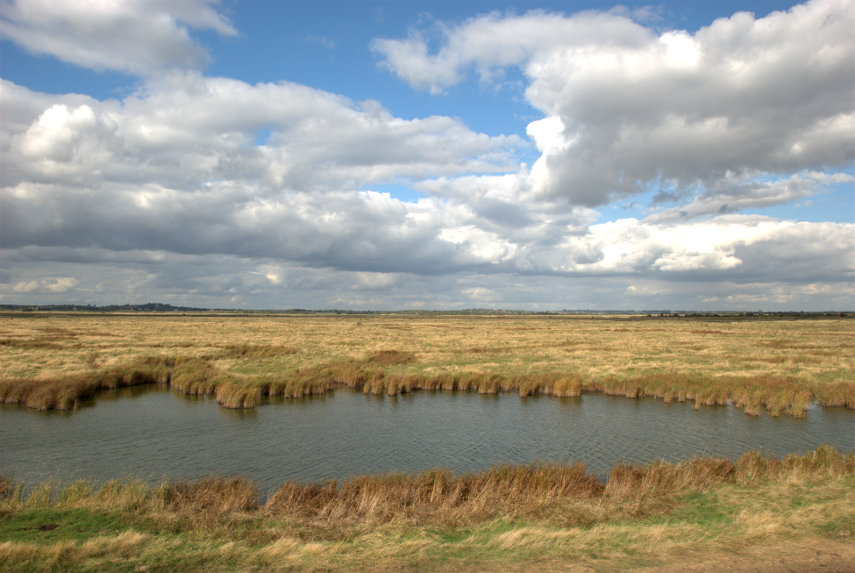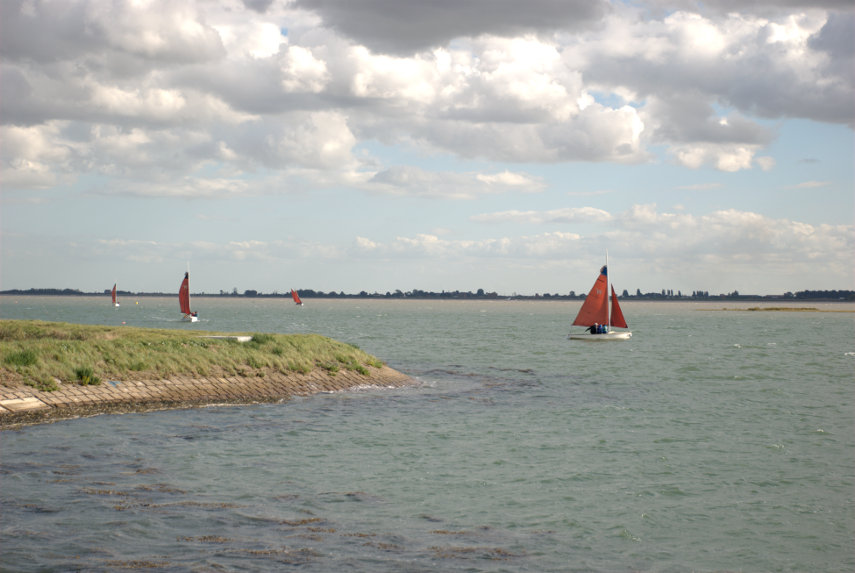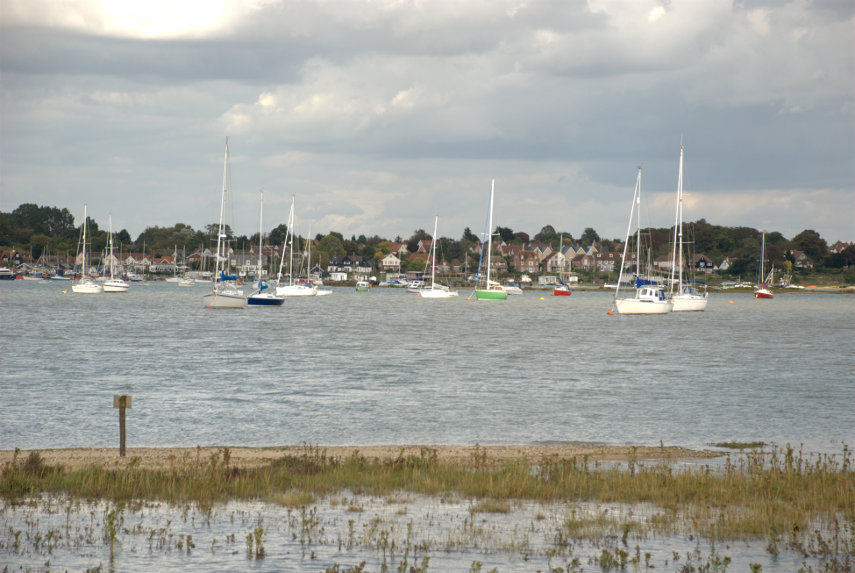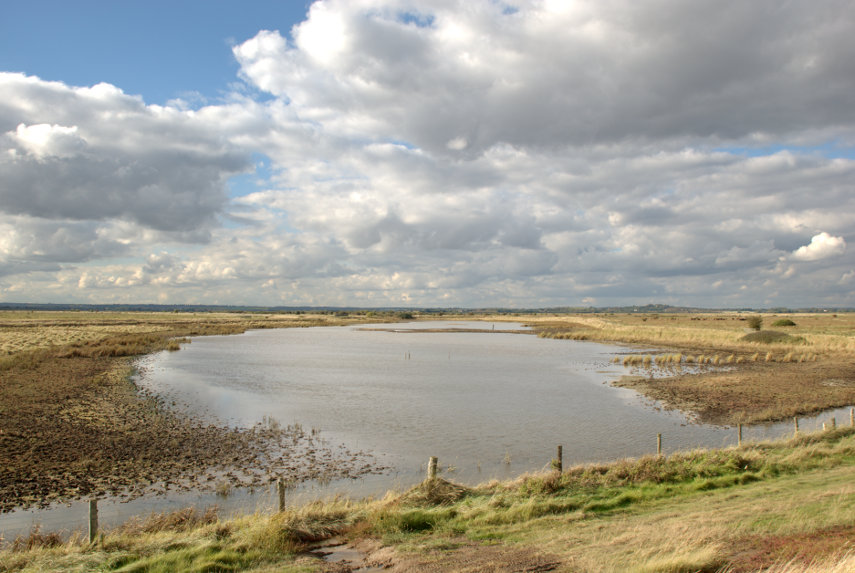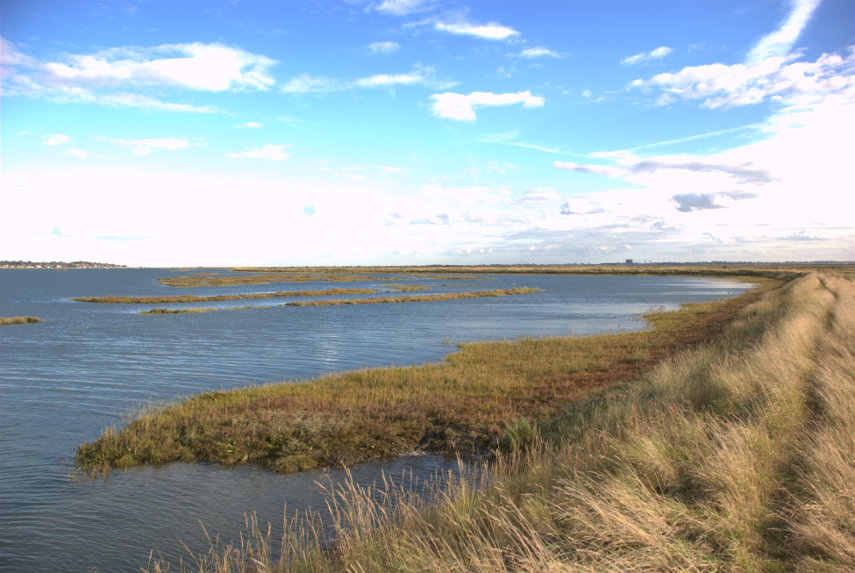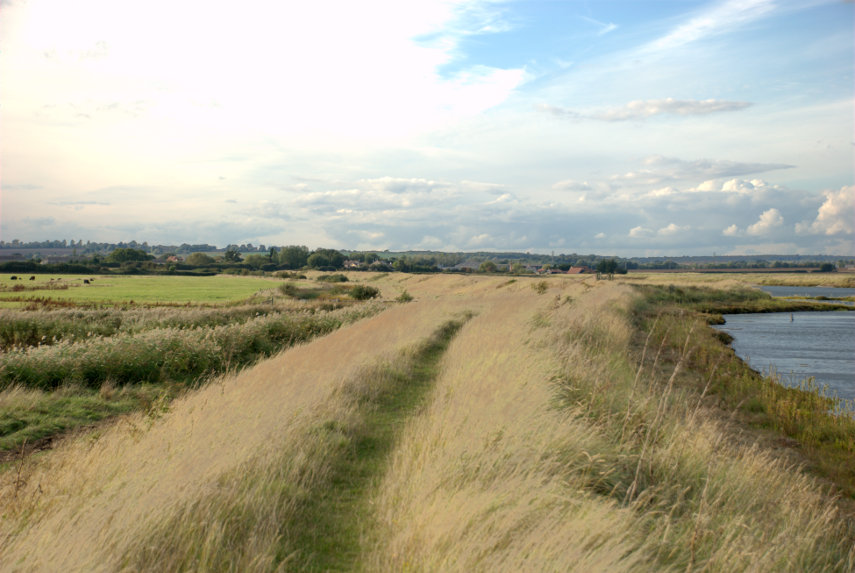I went 220 miles to Devon for 30 minutes – Sunday.
I was on my own because Amanda was unable to come with me this time![]() but she drove me to our local station where I was to catch the train to London but we were greeted with the news that the train was cancelled. Brilliant!
but she drove me to our local station where I was to catch the train to London but we were greeted with the news that the train was cancelled. Brilliant! ![]()
![]()
The next train was in half an hour which meant there would be little margin between getting to London Waterloo and catching the train to Axminster. Missing that train would mean an hour's wait for the next one.
I did get the next train and changed at Stratford onto the Jubilee line bound for Waterloo. When we were about halfway to Waterloo I decided I'd get to Waterloo at the time my train was due to leave and so probably wouldn't get it. As we travelled nearer to Waterloo the time/distance between stations seemed to be getting shorter. Was there hope yet? ![]()
We finally arrived at Waterloo about ten minutes before my train left so I had a chance and finally reached the entrance to the platform with five minutes to spare. I did, after all, catch my intended train at 11:15 AM. ![]()
This train, on the Waterloo-Axminster line, is the sort of train I travelled on:
After an uneventful journey of 2 hours and 45 minutes we arrived at Axminster in Devon. My bus was waiting outside the station and we set off south for the coast shortly after.
What I really wanted to do was to go to Lyme Regis in Dorset which is where I'm staying for the next few days. The bus soon reached the Devon/ Dorset border and I'd left Devon about 30 minutes after I'd reached it.
It was an interesting 30 minute ride on roads which were often only just wide enough for the bus and, at last, we were on the downhill stretch into Lyme Regis where I got off. After a very short walk I arrived at the Royal Lion Hotel which was to be my base for the next three nights.
Very friendly and efficient staff here and I was soon shown to my room. Note that the sea is just at the bottom of High Street.
It was a triple room with the single bed that I used just out of sight on the right (You can actually just see the corner). The entrance to the room was at a higher level hence the few steps down with part of the banister rail showing. The bathroom was also at the higher level. There was also a small outside terrace accessed using the door at the far end where a small part of the sea was visible.
A nice room in, what turned out to be, a nice hotel. It was, at one time, a coaching inn and dates from around 1610.
I telephoned Amanda to let her know that I had arrived safely and then made myself a cup of coffee. Having settled in I wound up my legs and set off to explore. I have a feeling that I should have had a larger spring fitted.
At the bottom of High Street is the Square and you can see that the time is now about 3:15 PM.
I headed west along Marine Parade which was lined with chip shops and ice cream shops together with an amusement arcade at the far end. This proved to be the tackiest part of the town but very popular.
I reached the harbour and just HAD to walk out on one of the harbour walls known as the Cobb.
This harbour wall features in Jane Austen's novel 'Persuasion', and in 'The French Lieutenant's Woman', a novel by British writer John Fowles, as well as the 1981 film of the same name, which was partly filmed in Lyme Regis.
Do you think I'd make a film star?
Lyme Regis is mentioned in the Domesday Book of 1086 and in the 13th century developed as a major port. The first record of the Cobb is in 1328 and it has been destroyed or severely damaged by storms several times. It was swept away in 1377 when 50 boats and 80 houses were also destroyed.
The next (top) picture is Lyme Regis seen from the outer end of the Cobb and the second picture looking across the harbour shows the western most part of Lyme Regis, like a small detached village, which is also known as the Cobb. Confusing ain't it?
A 15 minute walk further west along the beach with a low tide and I reached some exposed slabs of rock which were obviously very fossiliferous.
Each of those circular shapes are Ammonites which are about 200 million years old (at last I've found something which is older than me). In the second photograph erosion has effectively sectioned an ammonite showing the internal septa.
I walked back along the beach and, at this juncture, I have to admit that sandals were not the best choice of footwear (sand and gravel gets between feet and sandals) but I didn't want to wear boots for the whole time so I was stuck with them.
From the Cobb village I went up into Lister Gardens which is mostly grass and trees with a good view of the harbour.
A little further towards the town it changes to Langmoor Gardens which features a number of flowering plants and is, consequently, more colourful.
Back in town I found the Riverside Walk.
The River Lym, down in the gully on the left, is really quite small except when it's in flood and is only 3 miles long from source to sea although there were as many as thirteen mills using the energy provided by this short river before the steam engine was invented.
There are plenty of narrow lanes and streets here and I eventually emerged on one opposite the Guildhall.
Back to the hotel in plenty of time for dinner.
(Tomorrow, Monday: I take a ride, go up in the world and suffer abject failure)
